
Maya/Aztec/Inca Map Maps for the Classroom Inca, Aztec timeline
Map showing the extent of the Maya civilization (red), compared to all other Mesoamerica cultures (black). Today, these sites are located in the countries of Mexico, Belize, Honduras and Guatemala (image: CC BY-SA 3.0). Different from the later Aztec, who centralized power and created a true empire, Maya power remained de-centralized and was.

30 Map Of The Aztec Empire Maps Online For You
The Maya, Aztec, and Inca had developed large, complex civilizations prior to the arrival of the Spanish. The civilizations of the Maya, Aztec, and Inca that once flourished in Central. maps and globes. • Mesoamerica is a cultural area that covers central and southern Mexico as well as northern Central America.

Farrell B. Howell Art Mayan, Aztec, and Incan Ceramics
Aztecs Early Aztec History The exact origins of the Aztec people are uncertain, but they are believed to have begun as a northern tribe of hunter-gatherers whose name came from their.
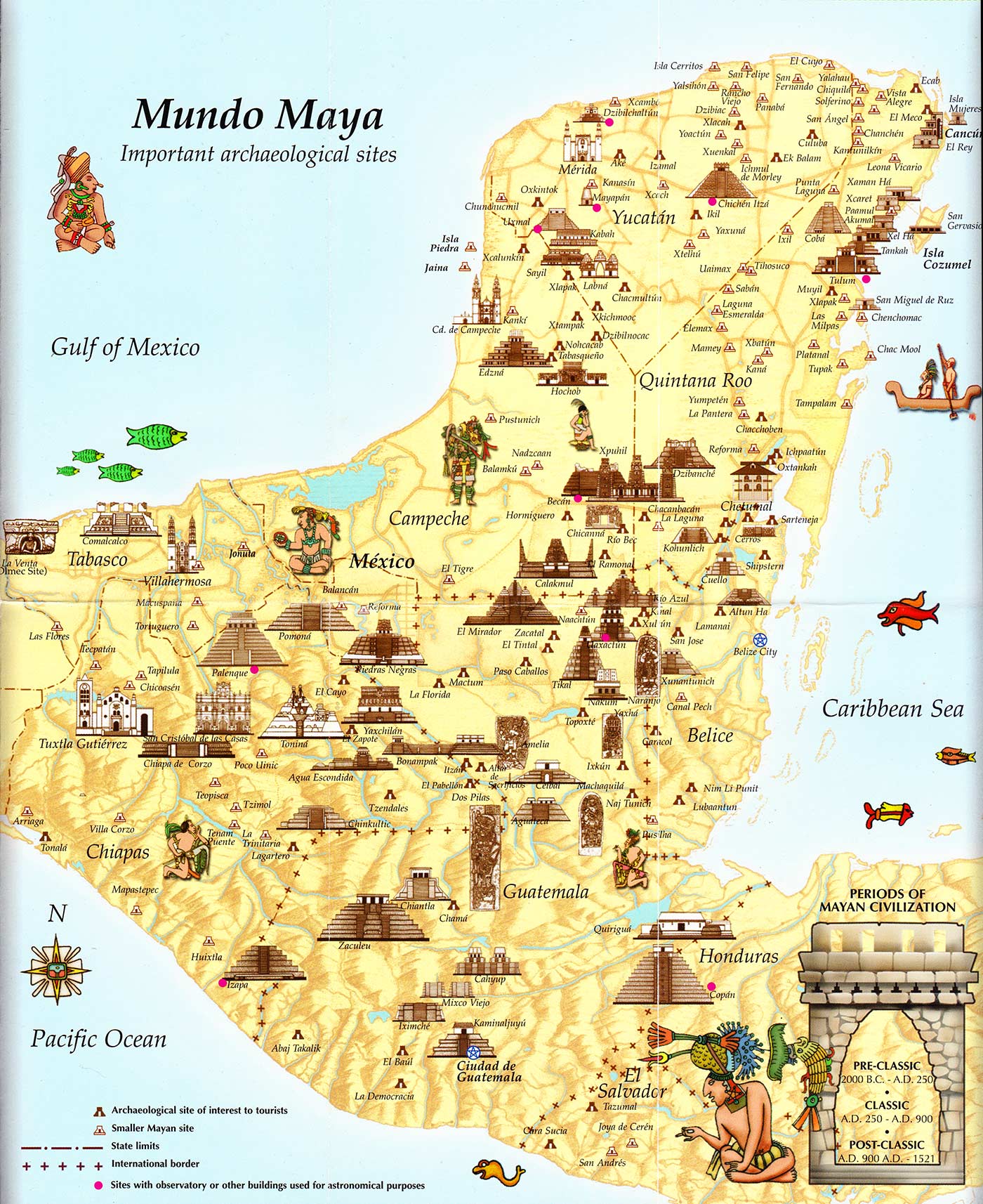
Aztec Ruins Mexico Map Map Of Stoney Lake
The Mayans were expert urban planners. Each city they built acted both as a base of operations to project their military presence and as a trade hub. The Mayan economy relied heavily on trade with nearby city-states and tribes. Aztec Origins Map showing the extent of the Aztec Empire in Central Empire (in yellow).

Maya vs Aztec vs Inca Find out the Top 13 Differences and Comparison
History map of the Maya civilization . Overview. The Maya is a Mesoamerican civilization, noted for the only known fully developed written language of the pre-Columbian Americas, as well as for its art, architecture, and mathematical and astronomical systems.. Like the Aztec and Inca who came to power later, the Maya believed in a cyclical.
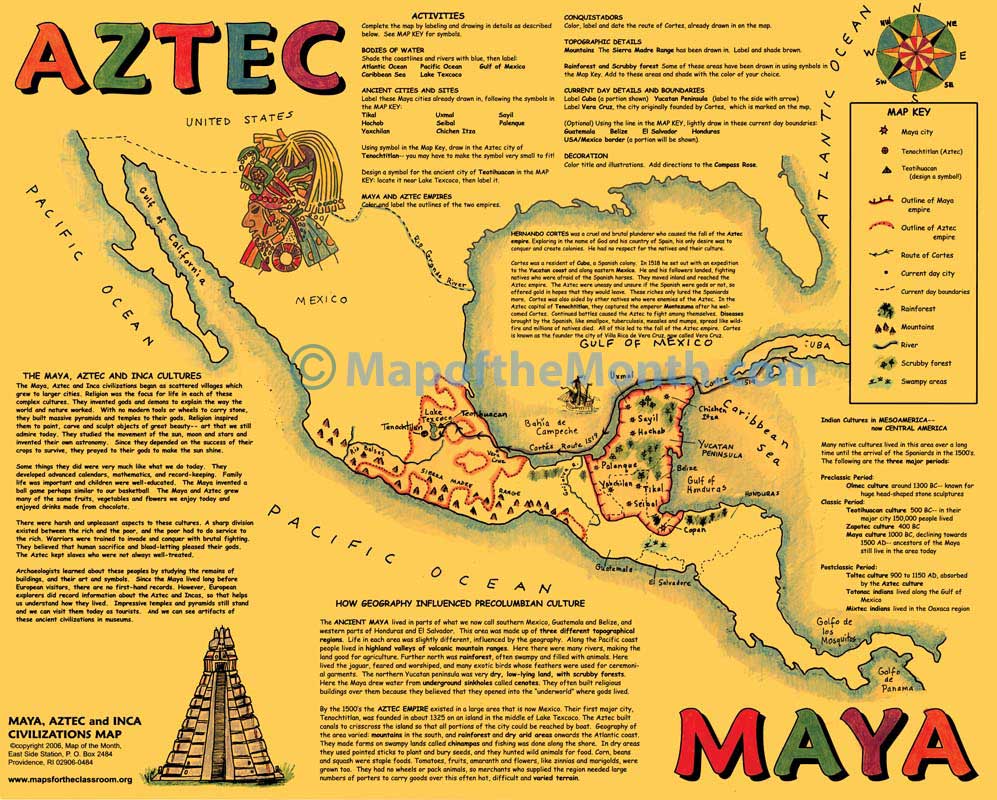
Maya/Aztec/Inca Map Maps for the Classroom
Aztecs, Incas, and Mayans - Oh My! GeoHistory GeoLiteracy Lesson Plan Content Description: In this lesson students will learn about three early civilizations that developed into empires in Middle and South America. Author: Nashua Rhinehart Grade Range: 4 Duration: 1-2 class periods Lesson Materials Teacher Instructions: Teacher Instructions
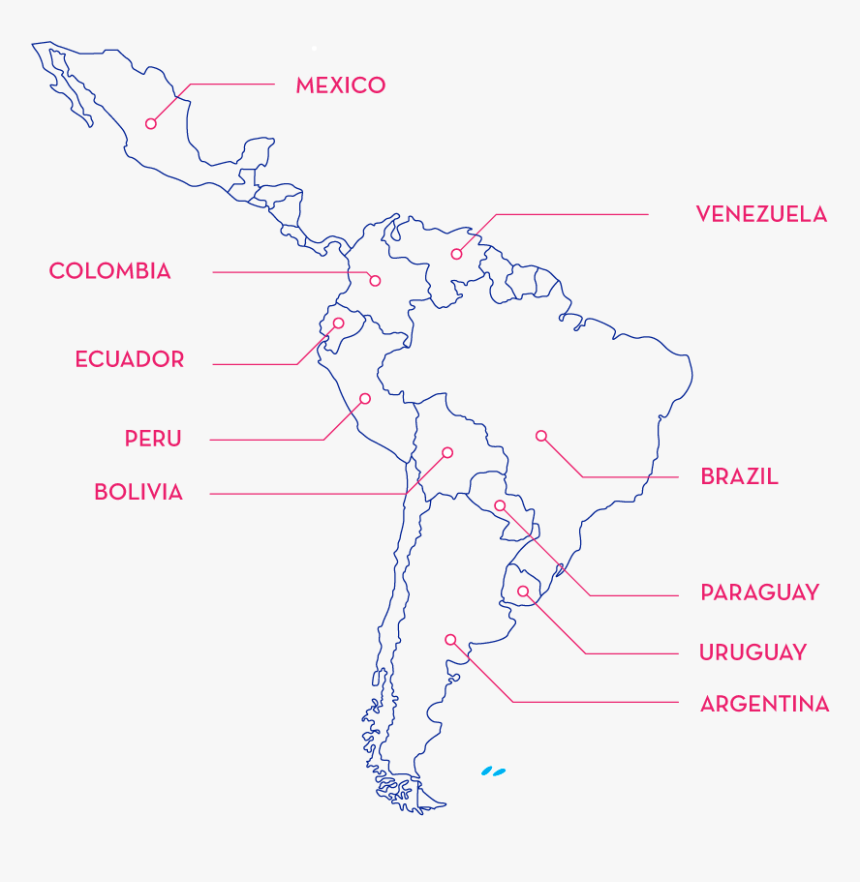
Maya Inca Aztec Map, HD Png Download kindpng
a hut. The Maya believed the gods were much wiser than humans. According to Maya legend, the first people could see everything. The creator gods decided that this gave people too much power. So the gods decided to limit human sight and power. The Maya sacred book, the Popol Vuh, explains that the gods purposely clouded human understanding.

32 Maya Inca Aztec Map Maps Database Source
The Maya people lived in southern Mexico and northern Central America — a wide territory that includes the entire Yucatán Peninsula — from as early as 2600 BC. The civilization's height was between 250 and 900 AD. Comparison chart Where They Lived The Aztecs lived in central Mexico.
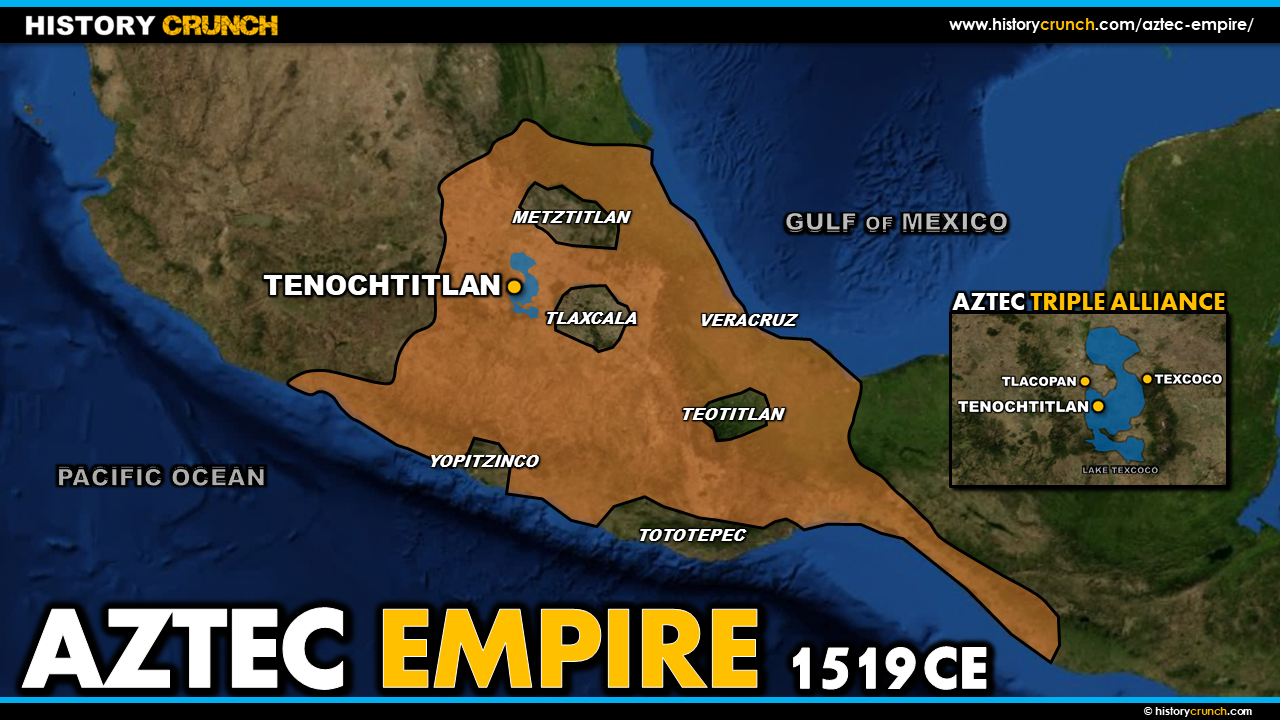
Aztec Triple Alliance HISTORY CRUNCH History Articles, Biographies
Overview Back to History The three most dominant and advanced civilizations that developed in the Americas prior to the arrival of the Europeans were the Aztecs, the Maya, and the Inca. Aztecs Timeline of the Aztec Empire Daily Life Government Gods and Mythology Writing and Technology Society Tenochtitlan Spanish Conquest Art Hernan Cortes
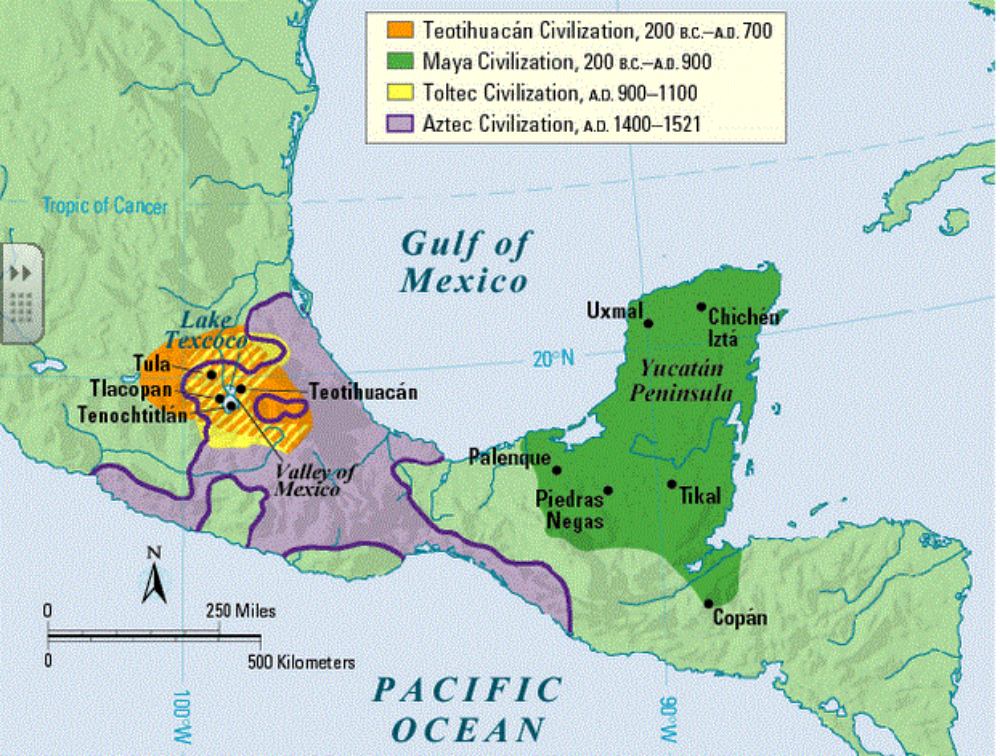
Aztec Empire \u2014 Freemanpedia mapsight
The Maya civilization (/ ˈ m aɪ ə /) was a Mesoamerican civilization that existed from antiquity to the early modern period.It is known by its ancient temples and glyphs (script). The Maya script is the most sophisticated and highly developed writing system in the pre-Columbian Americas.The civilization is also noted for its art, architecture, mathematics, calendar, and astronomical system.

The Aztecs vs the Maya
This map shows the extent of the major civilizations of the Western Hemisphere. Though the Olmec area is hard to see on the map, it is the small area between the Aztec and Mayan areas. In South America, early civilizations developed along the coast because the high Andes and the inhospitable Amazon Basin made the interior of the continent less.
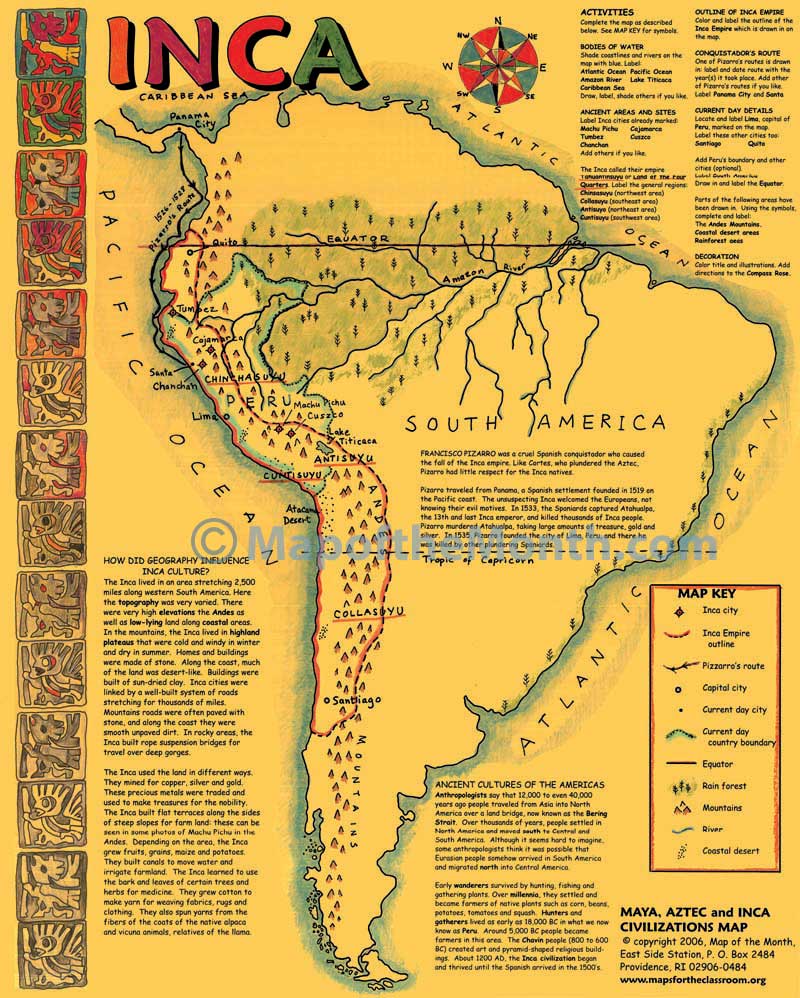
Maya/Aztec/Inca Map Maps for the Classroom
Map Post Classical Empires tga_admin01 Map provides insight into the physical environment of MesoAmerican civilizations including the Aztec, Maya, and Olmec. An additional feature is a close-up look at the city-state of Tenochtitlan, the center of the Aztec Empire, and its environment. Type Feature Service Date Updated March 8, 2019 Map Lakes
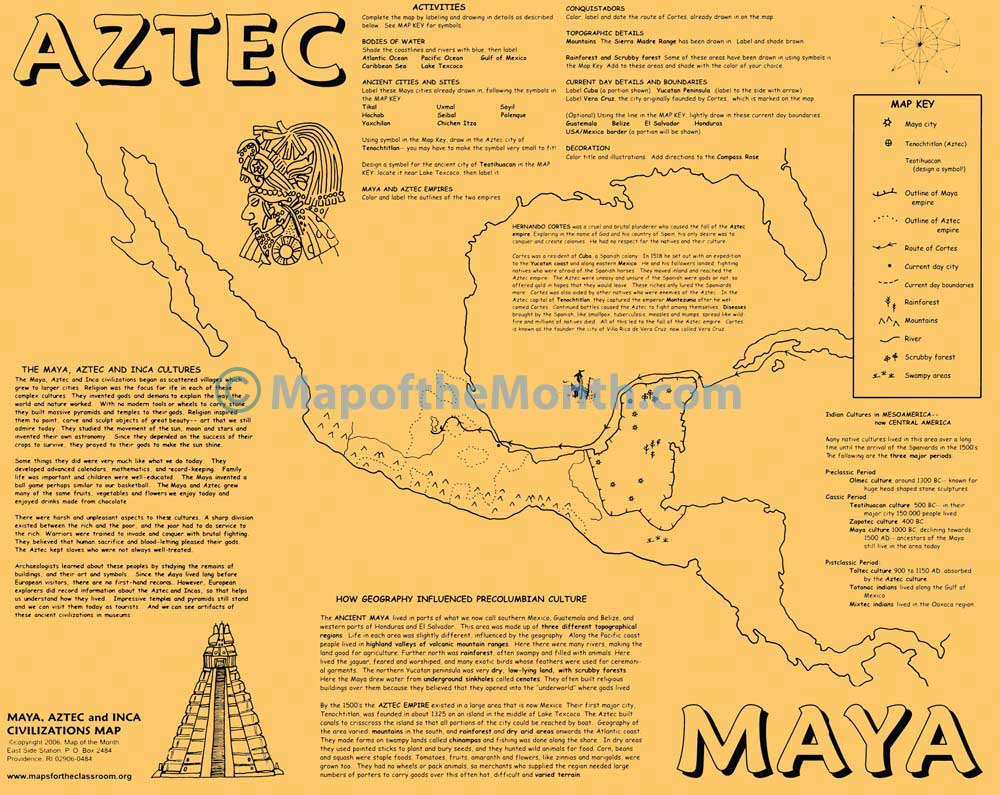
Maya/Aztec/Inca Map Maps for the Classroom
Choose 1 answer: collecting payments from weaker states A collecting payments from weaker states paying weaker states for the privilege of ruling over them B paying weaker states for the privilege of ruling over them directly taking control of local affairs throughout the empire C directly taking control of local affairs throughout the empire
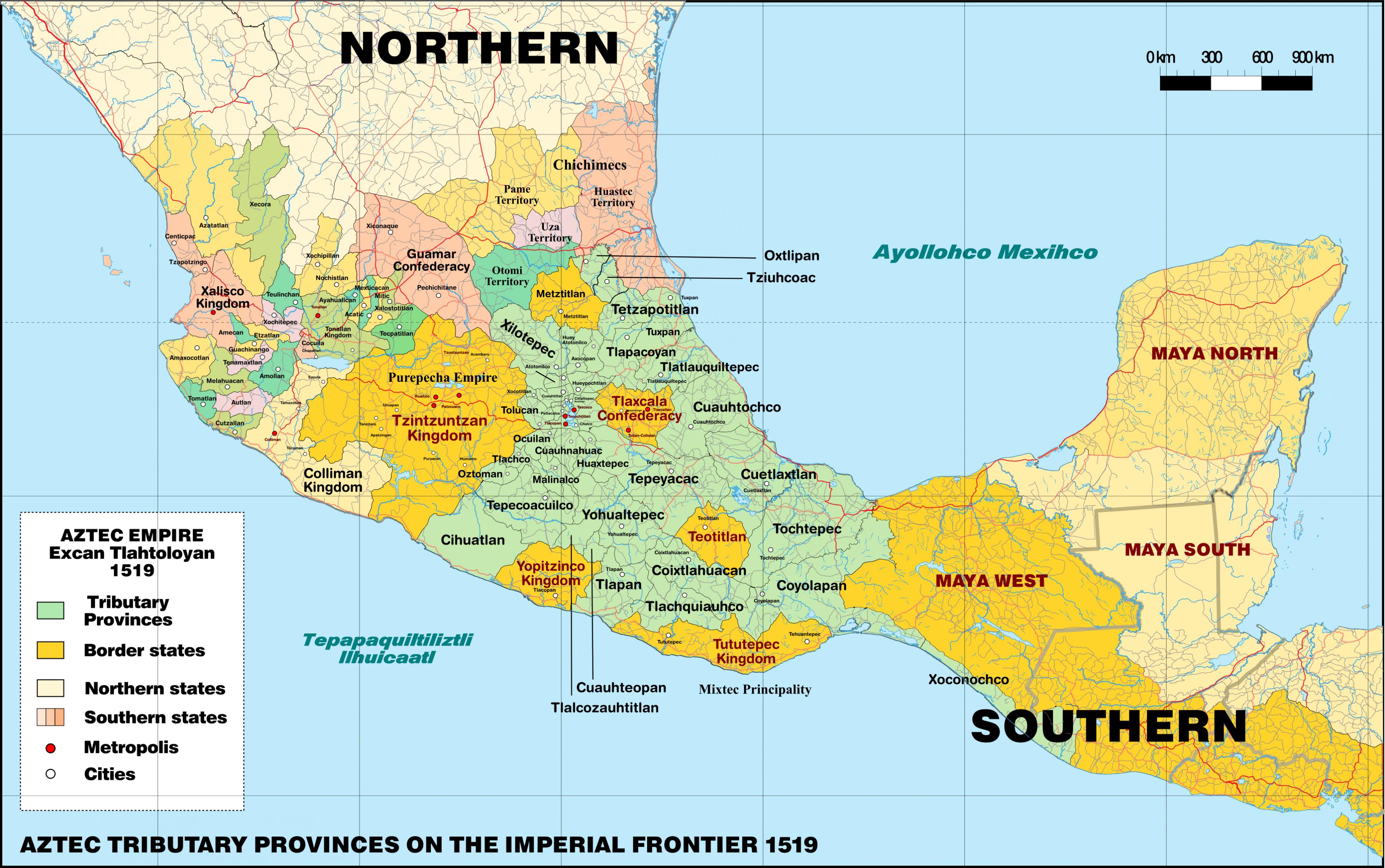
Korrespondierend zu Stiftung Helm tenochtitlan mapa Akademie Praktisch
Mesoamerican civilization, the complex of indigenous cultures that developed in parts of Mexico and Central America prior to Spanish exploration and conquest in the 16th century. In its accomplishments Mesoamerican civilization was a New World counterpart to those of ancient Egypt, Mesopotamia, and China.
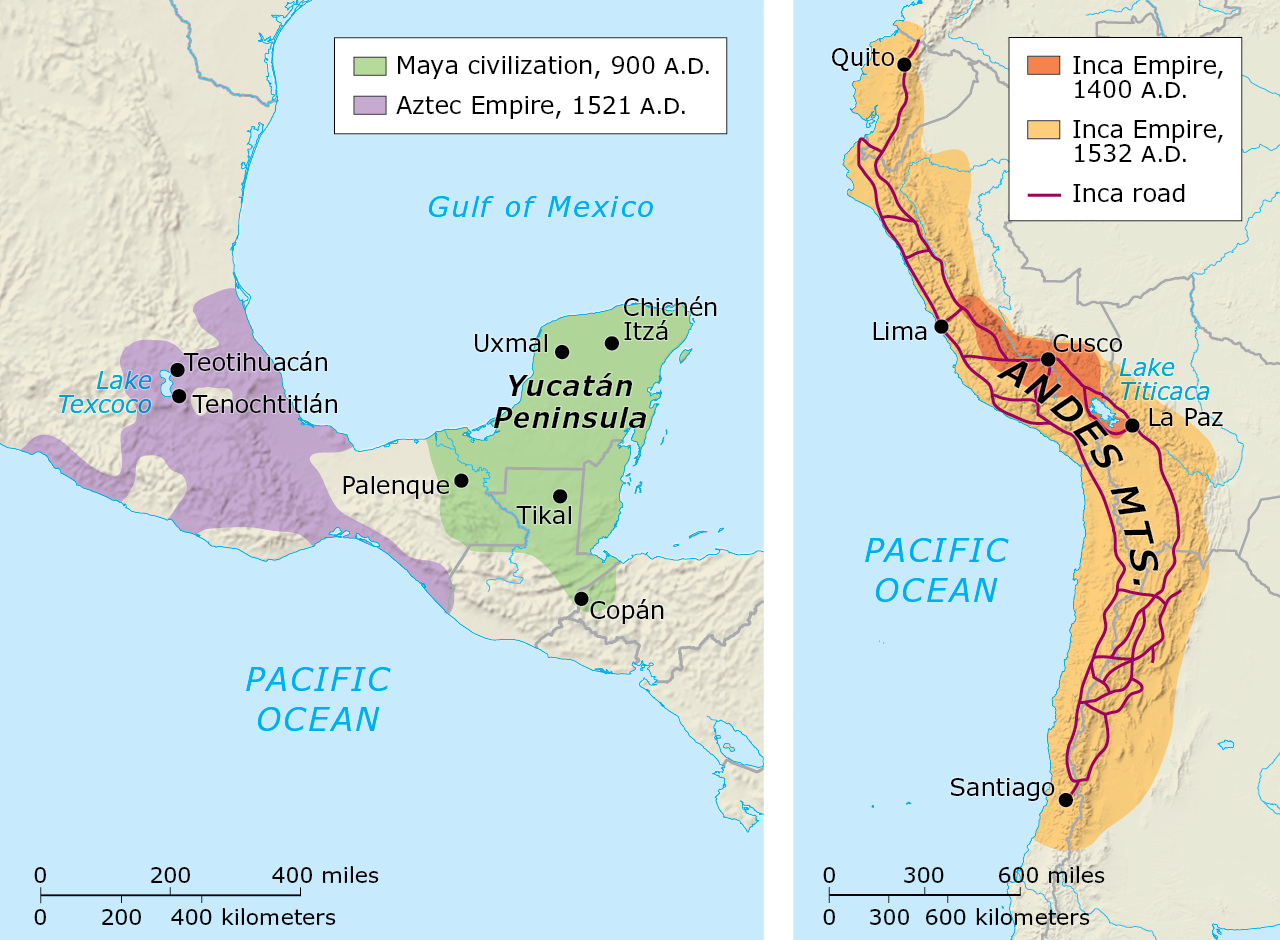
Map 1.2, “Maya, Aztec, and Inca Civilizations,” presents two maps, one
Figure \(\PageIndex{6}\): Map of indigenous languages in Mexico with more than 100,000 speakers.. Three cultures dominated the pre-Columbian history of Mesoamerica: the Olmec, Maya, and Aztec civilizations. Olmec Culture. The Olmec civilization, which flourished from 1200-400 BCE, defines the Pre- Classical period; the Olmecs are generally.

Native American Cultures Inca, Christopher columbus, Classroom images
Unfortunately, the maps and mapping of earlier Mesoamerican civilizations - the Olmec, the Classic Zapotec, and the Classic Maya - are lost to time. Nahua, or Aztec, maps are best known because Nahuatl speakers dominated central Mexico at the time of the Conquest. Nahuas also had the greatest degree of interaction with colonizing Spaniards.